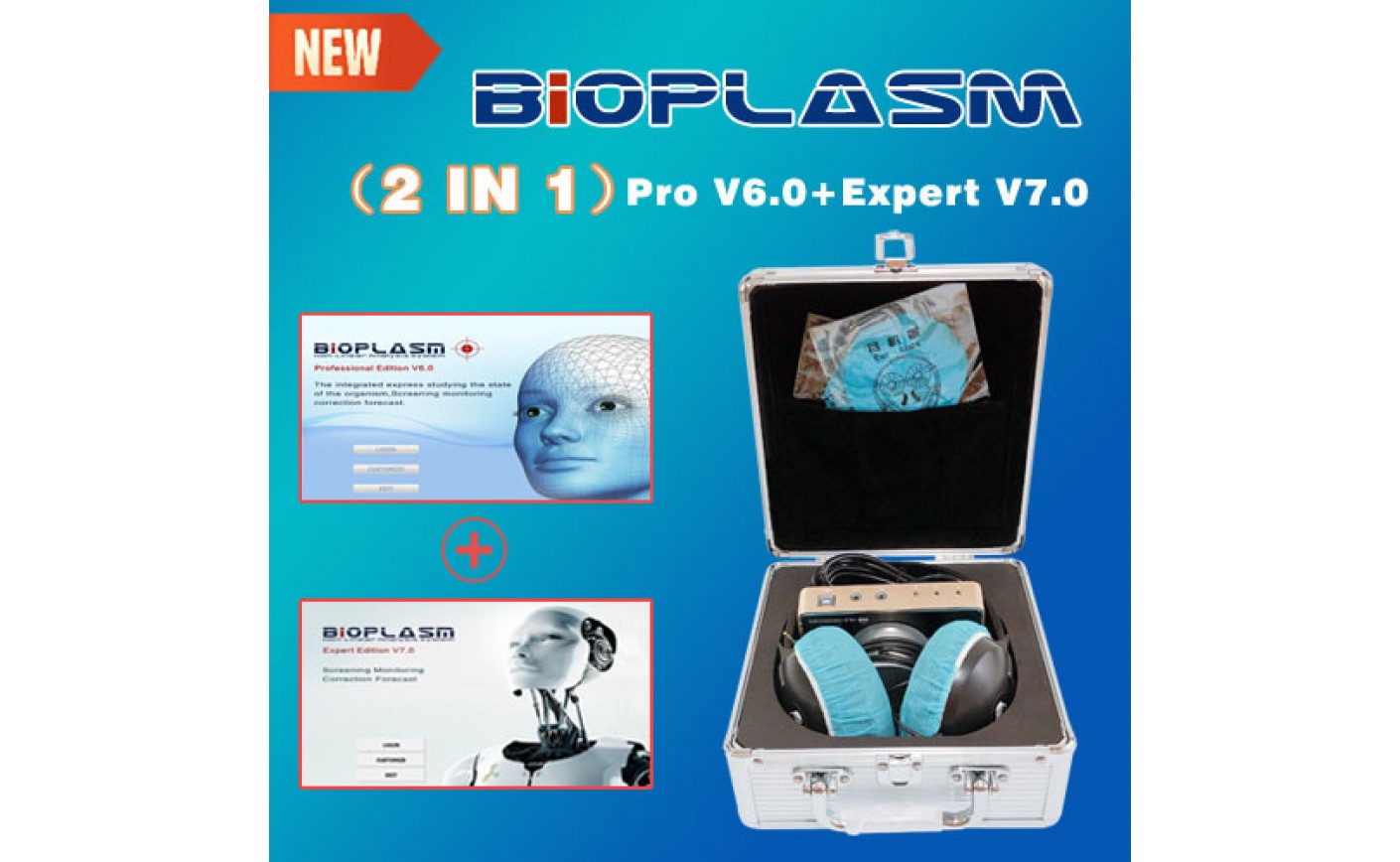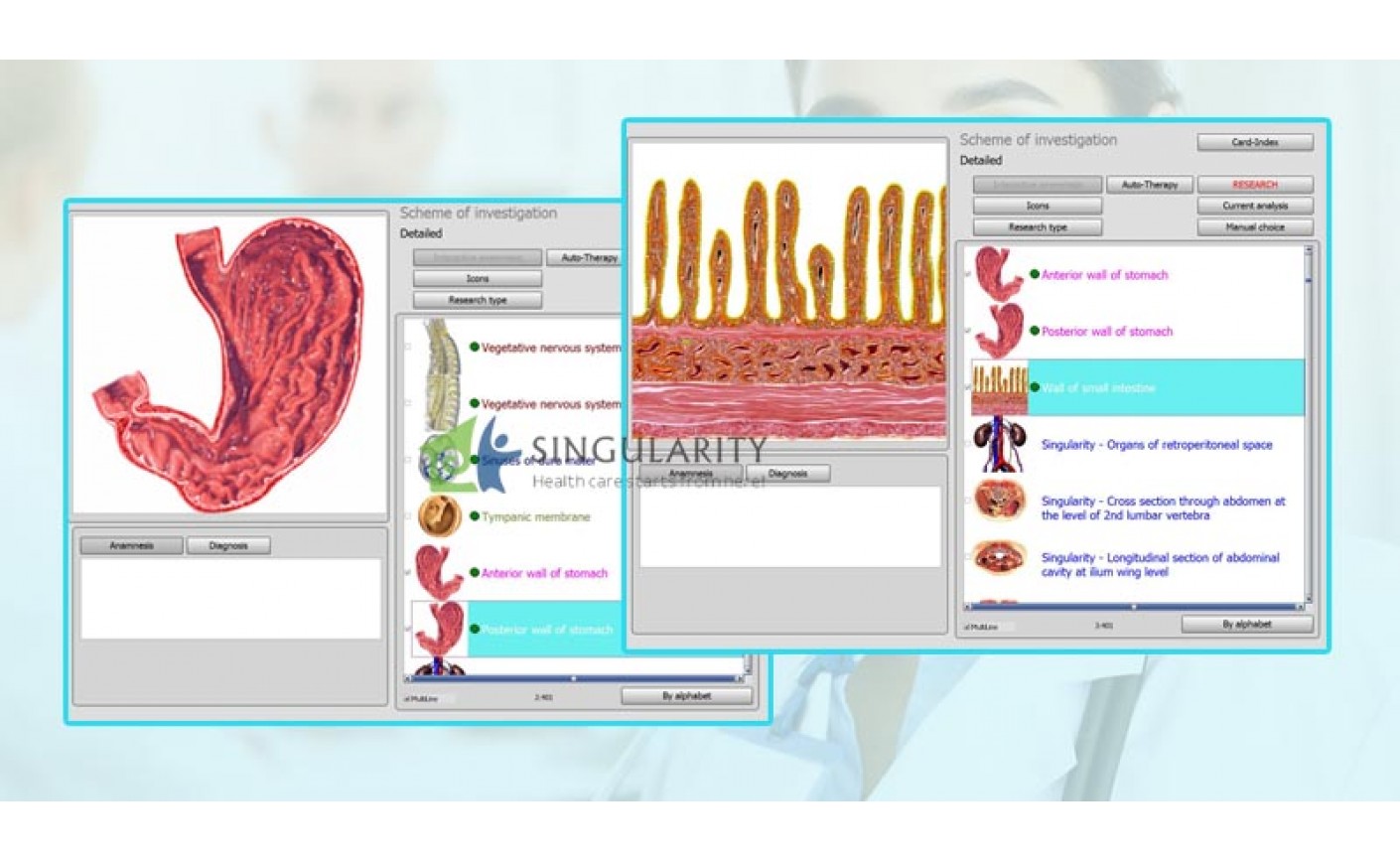The Key Advantages Of NLS Diagnostics With Bioplasm NLS In Diagnostics Of Complicated Echinococcosis
New development stage of echinococcosis surgery is associated with development of new and more informative diagnostic tools: NLS-research in the first place, computerized tomography (CT), magnetic resonance tomography (MRT) and helical computed tomography (HCT).
According to various authors, information value of NLS method in case of hepatic echinococcosis depends on parasite development stage (live or dead), and is at least 90-97% on average. Diagnostic difficulties may occur in large cyst patients (with live parasites), as well as in patients with dead echinococcosis. CT and nuclear magnetic resonance diagnostic errors frequency in case of liver formations less than 1 cm. is up to 52%.
Radiographic diagnostic method is subsidiary and it may generally show indirect signs of complicated hepatic echinococcosis. Detection frequency of radiographic signs such as high position of diaphragm cupula, its deformation and limited mobility, is only registered in case of subdiaphragmatic cyst location, its large sizes, and it ranges from 12.5 to 23.4%.
Use of NLS (which in comparison to CT provides panoramic images and higher sensitivity superior in certain locations, accurate differential and regional diagnostics) was the next step in diagnostics improvement of complicated hepatic echinococcosis. NLS provides more efficient differentiation of «pseudo-soild» echinococcosis forms from tumors by means of spectral-entropy analysis (SEA). Overall accuracy of NLS-diagnostics in case of echinococcosis is more than 95%.
NLS diagnostics method with bioplasm nls has the following key advantages: effective estimation of cysts size, their number and location in liver, their interrelation with vessels and bile ducts, parasites development stage estimation and also detection of other organs affection by echinococcus. This information is crucial in surgical approach determination, planning of operation type and its scope, and also suggesting of possible intraoperative complications.
As can be seen from the above, the introduction of NLS with SEA into clinical practice significantly improves diagnostics of complicated echinococcosis (especially in its early forms) which allows often performance of radical and, at the same time, economical intervention. However, existing methods of instrumental diagnostics do not provide 100% accurate results. In 2-9% of cases it is not possible to establish the nature of hepatic cyst formation using hardware research methods.


